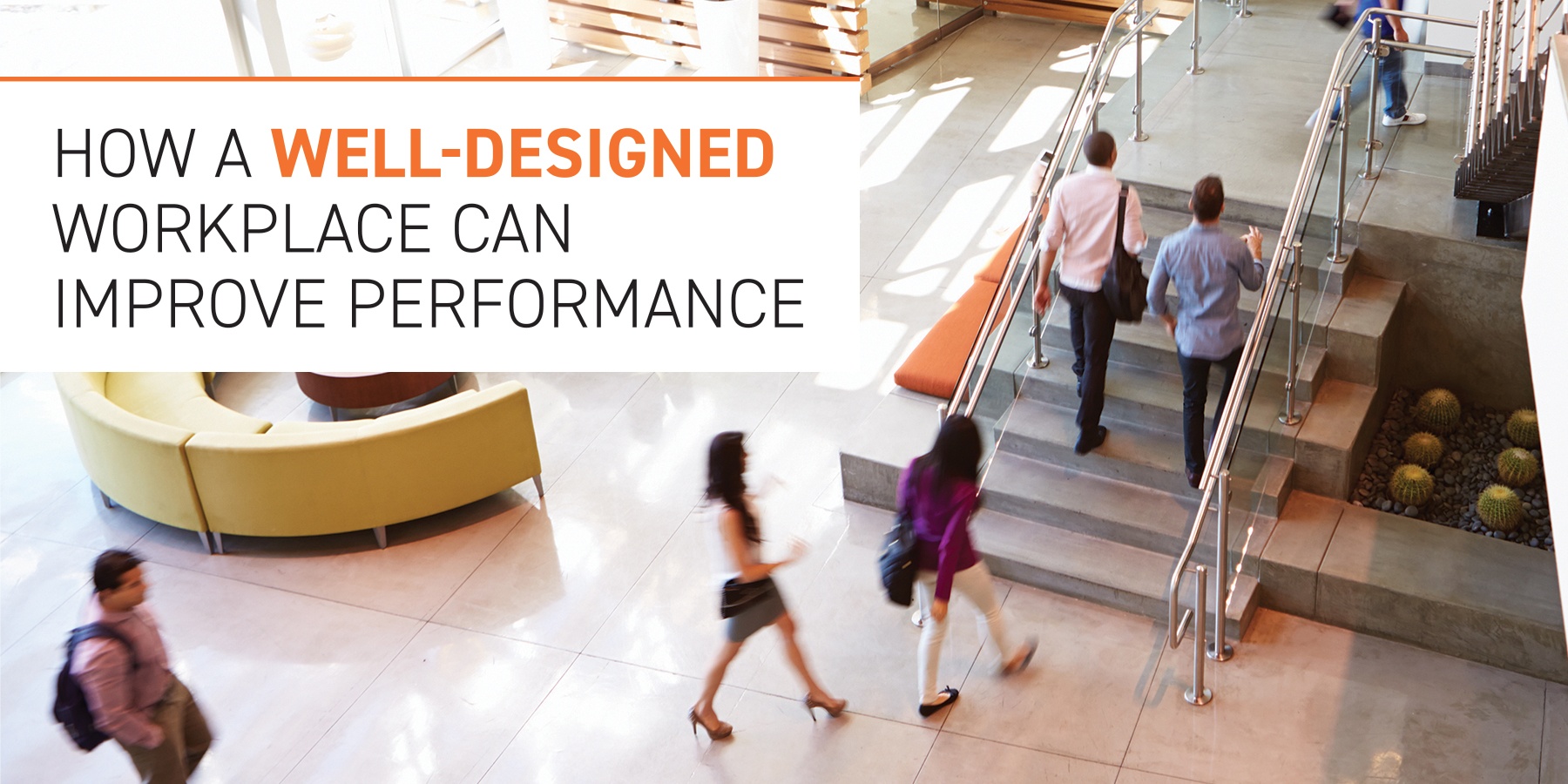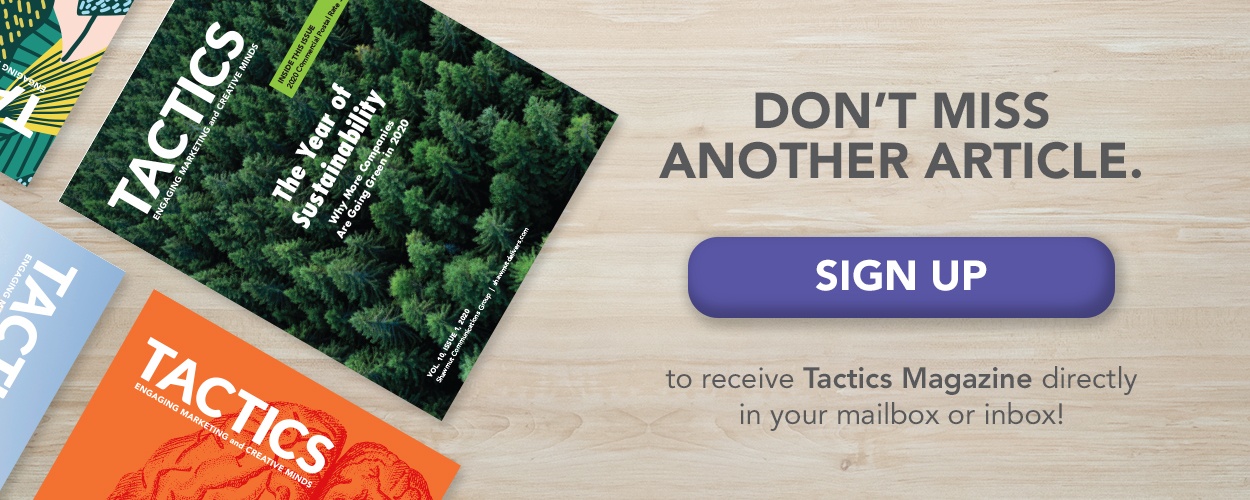Color, floor plans, shapes, and patterns: Not usual topics of conversation when it comes to employee performance. But Dr. Sally Augustin, Ph.D., urges companies to consider how workplace design elements like these can help—or hurt—employee performance.
“Organizations are becoming more aware of how an individual’s physical space can influence thoughts and behavior,” says Dr. Augustin, an applied behavioral scientist, and principal at Design with Science. “Cognitive psychologists have studied this for years, but now companies are starting to see the benefits of redesigning their space in a way that optimizes performance.”
Most people agree that our environment affects us, so why don’t we use this theory to our advantage in designing office spaces? That’s where researchers like Dr. Augustin come in. She helps organizations apply cognitive principles to workplace design to boost employee performance. Here are a few of the basics she urges all companies to consider.
Design with job roles in mind
“The most important thing is to know which employees are doing tactical work vs. strategic work. There is a big difference, and when someone’s space is designed to support the type of work they do they can add the most value,” Dr. Augustin says.
To start, she suggests that employers segment staff into two groups—strategic and tactical—based on the majority of their work. Then, it’s essential to understand the design elements that should be uniquely different for each style.
For example, tactical work, such as paperwork or product development, requires a higher sensory experience. Dr. Augustin suggests using bright colors, rectilinear patterns, or geometric shapes such as triangles or squares—all of which can boost energy levels.
On the other hand, strategic work such as market research or copywriting is better-suited for more peaceful environments. Relaxed colors and curvilinear patterns work well. Adding a view of nature or a fish tank can help refresh mental energy which is critical for strategic work.
“Even the office furniture you choose can enhance a person’s ability to perform strategic work,” adds Augustin. “I recommend furniture with a visible wood grain because looking at wood de-stresses us. It reminds our brains of tree bark and nature.”
“Human beings are also naturally drawn to other people, and that connectivity boosts our energy levels. So give tactical workers more opportunities to interact and strategic workers spaces that are less prone to interruptions.”
Signage can promote mirroring behaviors
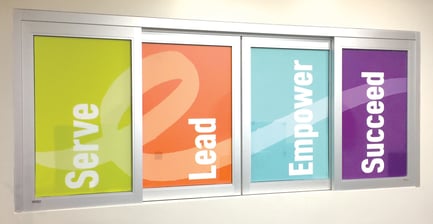
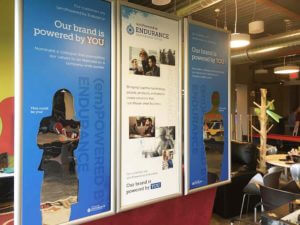
Signage plays a crucial role in communicating to staff information that they value about their employer and vice versa. Dr. Augustin recommends using signage to promote positive messages such as the organization’s ethics, environmental responsibility, and values like honesty, integrity, and commitment to others.
When signage accurately depicts the company’s core values, it becomes more than internal marketing material. It reminds employees why they chose their employer and the things they like about themselves. As a result, workplace branding and signage can lead to a mirroring behavior where employees will emulate the positive messages they see.
Looking brand your office and add signage that will create a behavior mirroring effect? Get some advice for a great wall display project or download our signage installation checklist.
Give employees control over their workspace
Autonomy is empowering, especially in the workplace. When employers encourage employees to make their space their own, they stand to make tremendous gains in productivity.
It’s a natural cause and effect—when employees feel that they have control over their space to add lamps, fans, decorations or whatever makes them happy, it shows that the employer has respect and confidence in them. In turn, that feeling encourages people to work harder than they would without that option.
“With workplace personalization employees tend to display objects that showcase their value because people are more comfortable in spaces that send messages about themselves they find desirable,” says Dr. Augustin. “And since comfort is linked to productivity, it’s a win-win for the employer.”
Autonomy and choice also apply to work location. Collaborative spaces and wireless connectivity allow employees to select space depending on the work they are doing at the time.
Use natural light
Just about everyone prefers natural light and employers should do their best to offer this wherever possible. Augustin says, “the more natural light, the better, as long as you’ve eliminated the glare.”
However, if natural light isn’t possible, several design options can help employers achieve the same effect. Try including realistic photos of nature and green leafy plants. “Just don’t overdo it on the plants. A few are ok, but too many can become complex and have a negative effect.”
Create a variety of spaces for different tasks
While it’s important to design spaces for tactical vs. strategic work, it’s rare that an employee will focus solely on one or the other. In reality, people will do both, so employers should offer a variety of workplaces and flexibility.
That includes the option to work from home. However, Dr. Augustin recommends managers discuss the structure of “home offices” and the type of work they plan to perform at home. If someone needs to do a strategic project, but they live in a noisy apartment or a house with lots of disruptions (kids, pets, etc.), the environment may be counterproductive.
“In general, think about what your employees do and create a space for that. By offering flexibility, employees can hop from one space to another depending on the task at hand.”
This article first appeared in Tactics Magazine, Volume 8, Issue 2.

